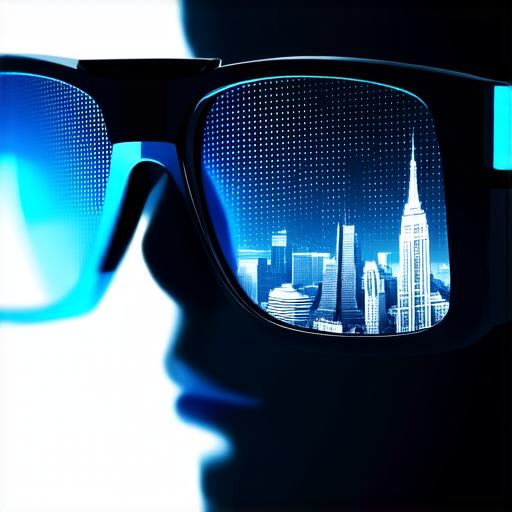Augmented Reality (AR)
Augmented reality (AR) is a technology that enhances or “augments” the real-world environment with digital information, images, and sounds. AR applications use sensors, cameras, and other devices to track and interact with the physical world, allowing users to experience a hybrid of virtual and real environments in real-time.
How AR Works
AR technology works by overlaying digital content onto the real world, using computer vision algorithms to identify and track real-world objects and surfaces. This information is then used to generate and display digital content that appears to be integrated into the physical environment.
AR Applications
There are many different types of AR applications across a range of industries, including gaming, education, marketing, healthcare, and entertainment. Here are a few examples:
- Gaming: AR games use real-world environments as game spaces, allowing players to interact with virtual objects and characters in the physical world. Examples include Pokemon Go and GeoAR Games.
- Education: AR can be used to create interactive and immersive learning experiences, such as virtual field trips and anatomy lessons.
- Marketing: AR marketing campaigns use digital content to enhance brand awareness and drive sales. For example, Coca-Cola’s “Share a Coke” campaign used AR to allow customers to personalize their own Coke bottles with their names.
- Healthcare: AR can be used in surgery and rehabilitation to provide real-time visualization of patient anatomy and help doctors and patients track progress over time.
- Entertainment: AR can also be used in entertainment to create immersive experiences, such as concerts and live events that use AR to enhance the audience’s experience.
Benefits of AR
There are many benefits to using augmented reality technology, including:
- Improved engagement and interaction with digital content
- Enhanced learning and knowledge retention through immersive experiences
- Increased efficiency and productivity in various industries
- Better decision-making through real-time visualization of data and information
- Improved patient outcomes and reduced healthcare costs through the use of AR in surgery and rehabilitation

Future of AR
AR technology is rapidly evolving, and it is likely that we will see even more innovative and exciting applications in the future. As the technology continues to improve, we can expect to see AR used in even more industries and for an even wider range of purposes.
